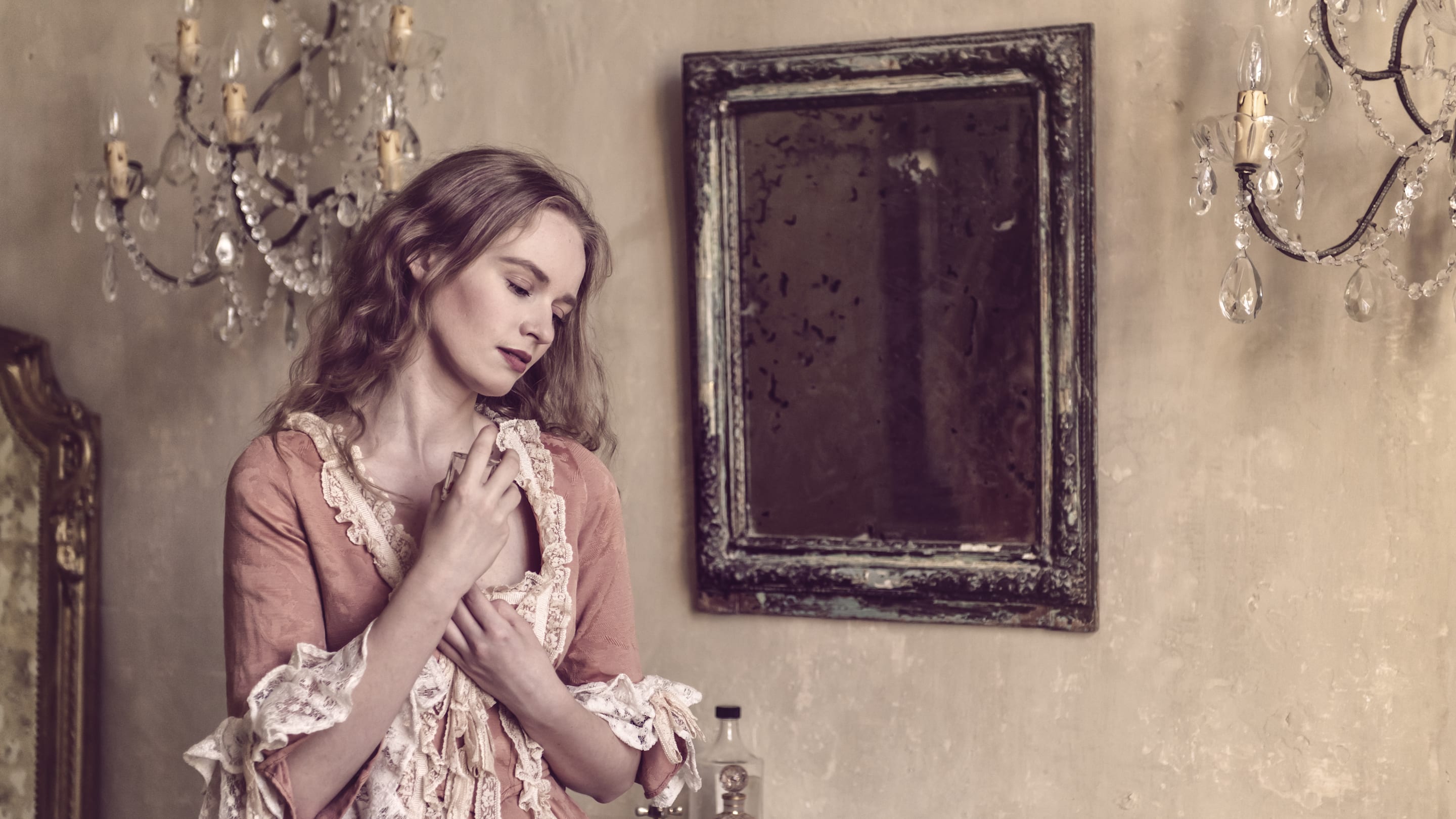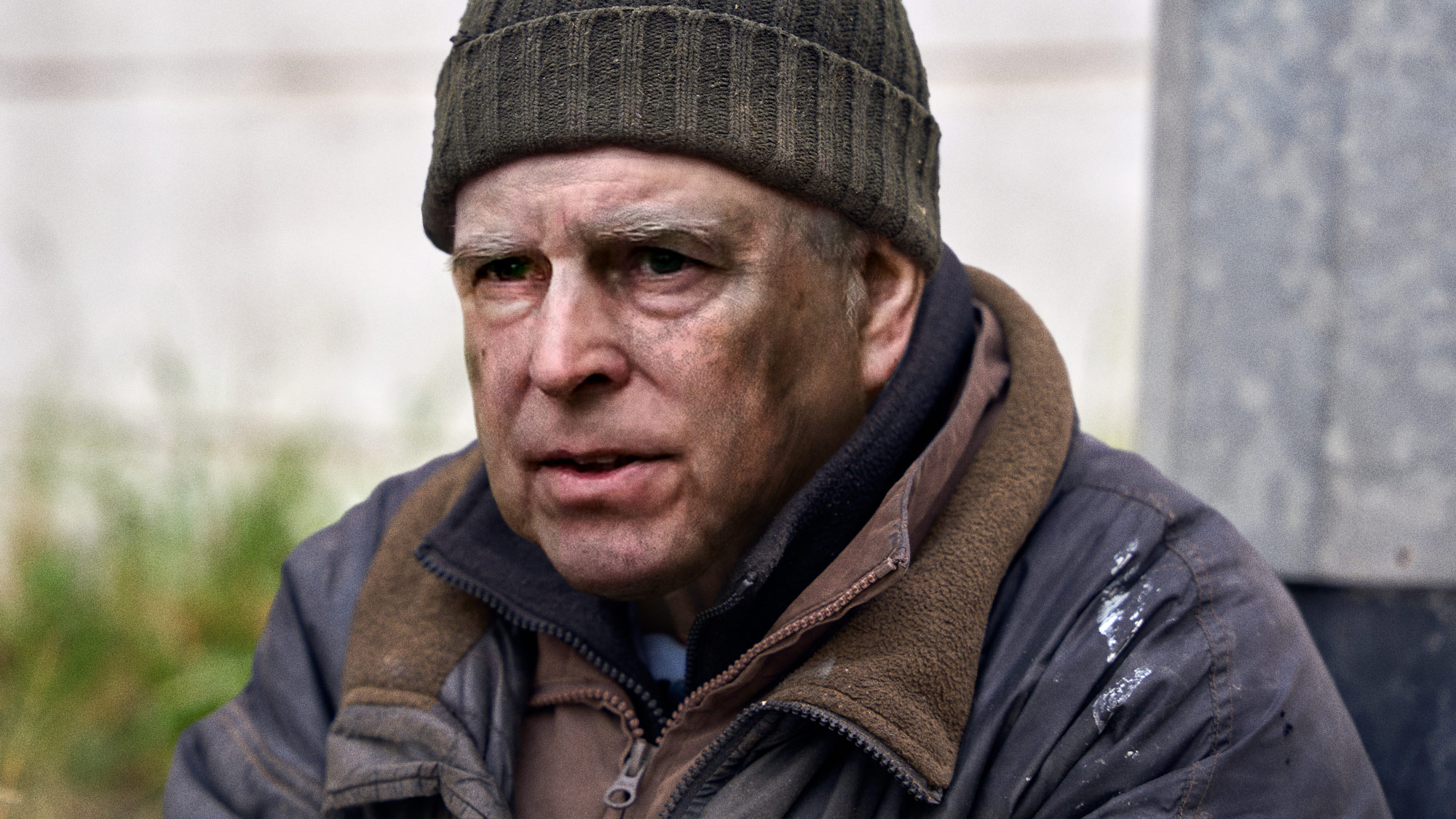“Unveiling the Mystery: What Lies Behind the Chilling Black Spots on Your Mirrors?”
Ever glanced into your bathroom mirror only to feel a wave of panic wash over you—not because of an errant pimple or a bad hair day, but due to ominous black spots creeping around the edges? You might be wondering if it’s a case of mold, leftover toothpaste, or perhaps a portal to another dimension! Well, hold on tight because this unsightly phenomenon has a sinister name: mirror rot. The good news is that these dark markings have a logical explanation and, most importantly, ways to prevent them. So, if you’ve ever felt uneasy about your reflection, or if your bathroom mirror seems to have a mind of its own, let’s dive into the murky waters of mirror maintenance and find out how to keep those pesky spots at bay! LEARN MORE.
You look into your bathroom mirror and recoil in horror. Not because of a pimple or an unfortunate haircut, but because you notice the mirror is beginning to develop strange black markings and spots along its edges. You try to wipe it away, but it doesn’t budge. Is it mold? Toothpaste? Paranormal communication? Chipping?
None of the above, but it does carry a vaguely sinister name: mirror rot.
Why Mirrors Have Black Spots
Mirrors have been around a long time, but they weren’t always so pervasive. Ancient cultures used obsidian, lead, or copper, or gold. But because these materials were cumbersome and heavy, mirrors were usually small. Later on, when glass became the primary material, mirrors were relegated to artists using them for self-portraits and the wealthy. Your average person wouldn’t have one hanging in the bathroom. (Mostly because, depending on how far back you want to go, they didn’t have a bathroom.)
Modern mirrors are easy and inexpensive to make, but they’re not simply a pane of glass mounted on backing. They’re typically constructed by bonding glass to a layer of metal, often by pouring liquid silver onto the glass and then adding a copper layer for stability and to prevent oxidation. (Paint may be added as a final coat.) Reflections are the result of light hitting that metal surface, which is smooth enough to reflect light directly. (Other surfaces, like walls, may appear smooth enough but are too uneven and scatter light.)
What does this have to do with black spots? While the silver coating is meant to be airtight, age and wear can allow moisture to penetrate. When water gets behind the silver, it will begin to desilver. As the silver layering erodes—or rots—black edges or spots appear. That’s because the material is oxidizing, otherwise known as rust.

Avoiding Mirror Rot
Mirror rot is most often found in bathroom mirrors, where moisture accumulates more easily. The reason you typically see it around the edges is because that’s where mirrors are most susceptible to water intrusion: The layers may not be sealed, permitting a slow creep of moisture.
Some mirrors may be more or less susceptible to mirror rot depending on the method of manufacturing. Aluminum coating or paint can help prevent desilvering. But so can a frame, which protects moisture from gaining entry into the edges. You should also wipe water off a mirror immediately when it splashes and dry-wipe any cleaning products rather than letting them air-dry.
Depending on the sentimental value of the mirror, it may be possible to have it resilvered, or chemically treated to restore the silver. You can also opt to leave it in place, particularly if it’s an antique mirror where a little character is appreciated. If you replace or otherwise remediate the mirror and still notice black spots in your reflection, it’s probably time to see a dermatologist.
Get Answers to More Big Questions:




















